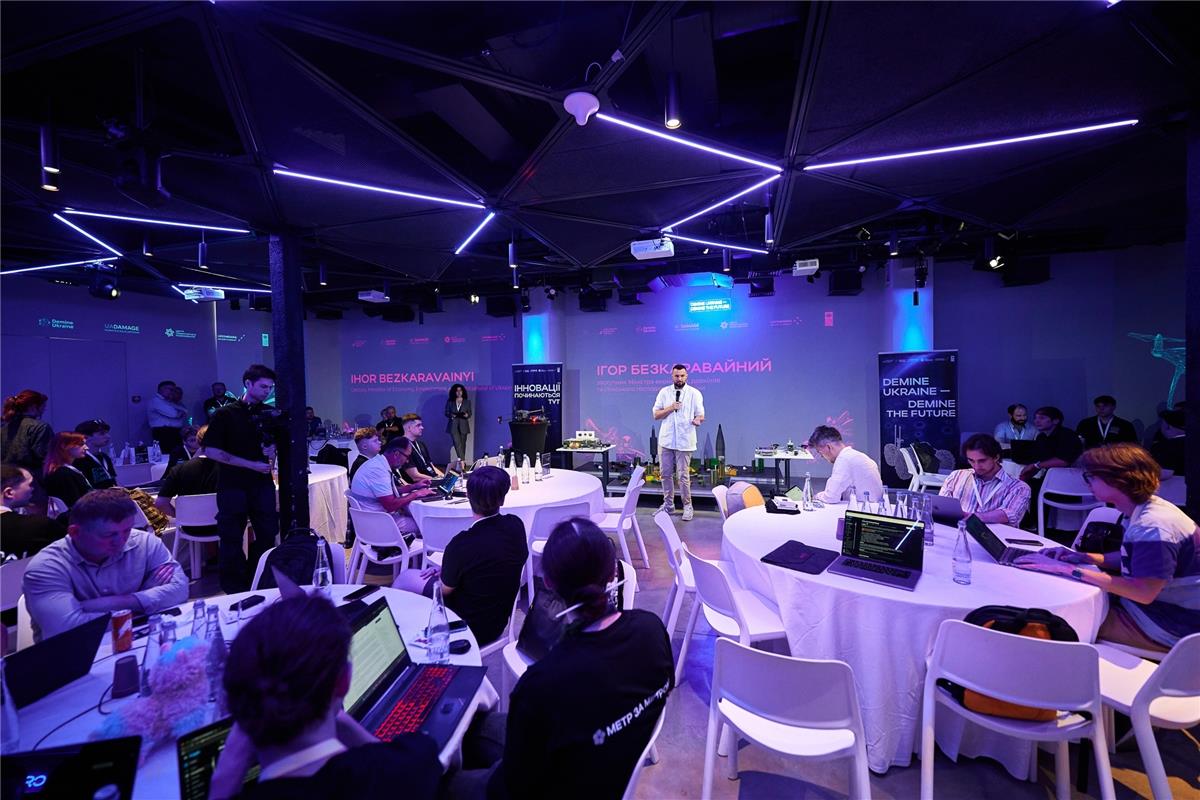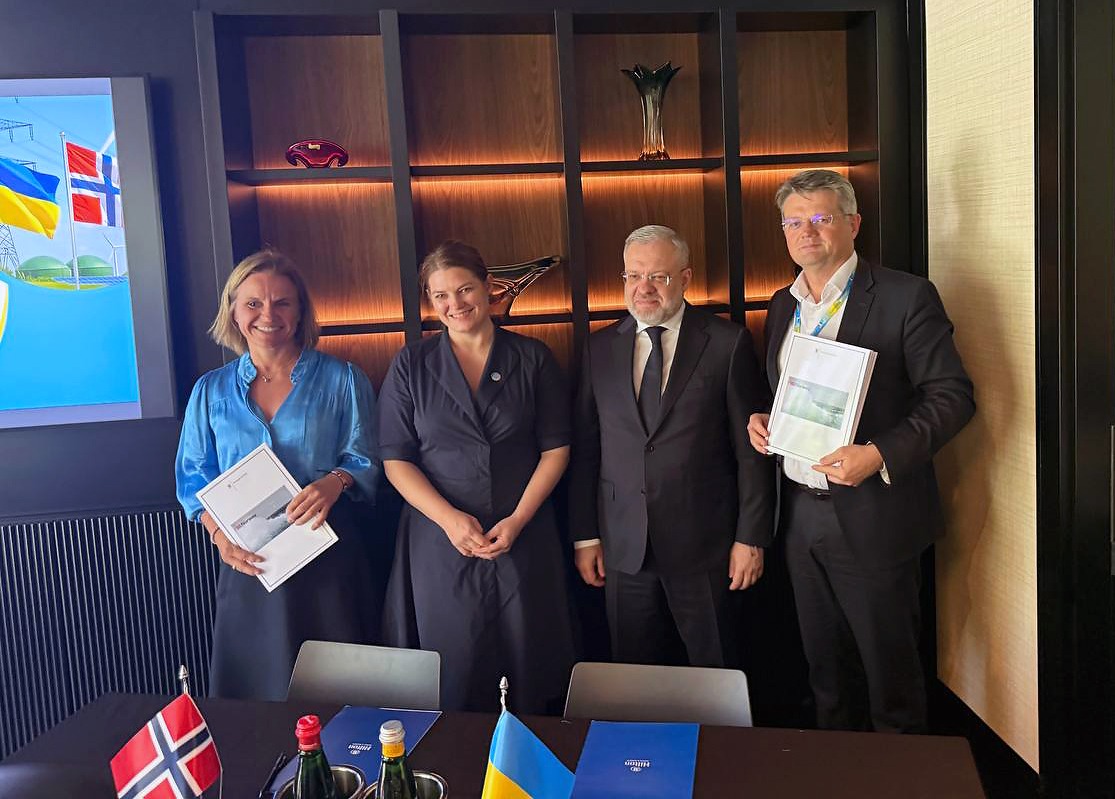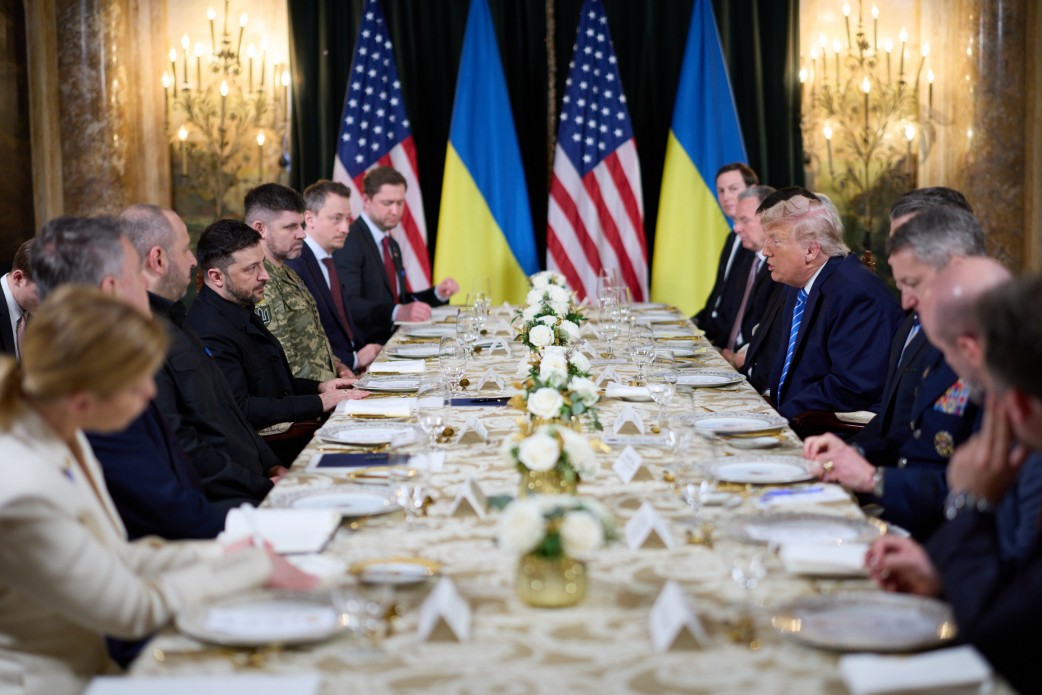It may seem strange, but the majority of the world’s cormorants are coloured as though they’re en route to a funeral. There are three species of cormorants inhabiting the South of Ukraine: the great cormorant (Phalacrocorax carbo), the European shag (Phalacrocorax aristotelis) and the pygmy cormorant (Microcarbo pygmaeus); their feathers are almost completely black, with a metallic lustre. Only young birds wear a white ‘shirtfront’. Fishermen often confuse cormorants with young Caspian seagulls due to their juvenile brown outfit. These birds constantly hang around fishers on the docks while they load their catches. There is another interesting thing connected with the behaviour of these birds: fishers are observant people and they used to see those gulls impudently snatching goby from a grebe, which came up to the surface, or chasing another gull and making it drop the prey from its beak. Due to its bad manners, in Russian the bird was called ‘baklan’ from the verb
‘baklanit' which means to behave like a hooligan, or to violently take valuables from others.
The pygmy cormorant differs from the great one not only by being half the size, but also due to the chocolate colour of its neck, head, and nape. Moreover, the pygmy cormorant rarely comes out from large river deltas, which is why observing the pygmy cormorant along seashores is quite an unusual and lucky sight. Another species, the European shag, solely inhabits rocky cliffs on sea coasts. In fact, the European shag is hard to tell apart from the great cormorant, but the possibility of finding this species in the Black Sea areas, not counting the Crimean, Bulgarian, and Turkish coasts, is rather small.

It should be mentioned that the correct name of the black shag is great cormorant. Its life changed dramatically due to human activity, when pond fish farming developed in the region in the 1970s. Suddenly, the great cormorant inherited a very convenient forage base. You should agree that catching fish in deep floodplains or open lakes is much more demanding than hunting in the shallow waters of nursery ponds full of fish. At the end of the last century, the great cormorant population rapidly increased. It turned out that these birds nest not only on high trees, but on flat islands also. At this stage, the cormorants’ only condition is that their colony be located near fish ponds. The chasing of cormorants by fishers ‘reminded’ them to nest in trees. But this time, they occupied not only floodplain forests in river deltas, but all trees anywhere near a body of water.
The result was rather sad. Uric acid contained in the great cormorant's droppings painted the trees under their nests white, so much so that green leaves disappeared and plants died. It appears that the great cormorant in this situation bites the hand that feeds it, and has to move every year to new places because of its own excrement. Such resettlements slowed the rapid growth of cormorant populations, though they are still rather high. The great cormorant now acts as a nomad species, much like our ancient ancestors practicing slash-and-burn land management: they take over a forest plot, reap a harvest for a couple of years, and when the land stops being fertile, moved to the next forest plot; in much the same way, large flocks of cormorants appear in one or another region, and then altogether disappear for a couple years as the land recovers.
The publication was prepared with the financial support of the EU – UNDP project ‘Improving Environmental Monitoring in the Black Sea: Selected measures’ (EMBLAS-Plus). This publication was produced with the financial support of the European Union and UNDP. Its contents are the sole responsibility of the authors and do not necessarily reflect the views of the European Union or UNDP
Authors: B. Aleksandrov, O. Adrianova, N. Atamas, V. Bolshakov, O. Bondarenko, I. Chernichko, V. Demchenko, S. Dyatlov, Y. Dykhanov, E. Dykyi, O. Garkusha, P. Gol’din, S. Hutornoy, V. Komorin, Y. Kvach, V. Mamaev, O. Manturova, O. Marushevska, A. Mikelyan, Yu. Mikhalev, G. Minicheva, I. Sinegub, T. Shiganova, J. Slobodnik, A. Snigiryova, M. Son, K. Vishnyakova, A. Zotov. Illustrator: I. Pustovar.






















